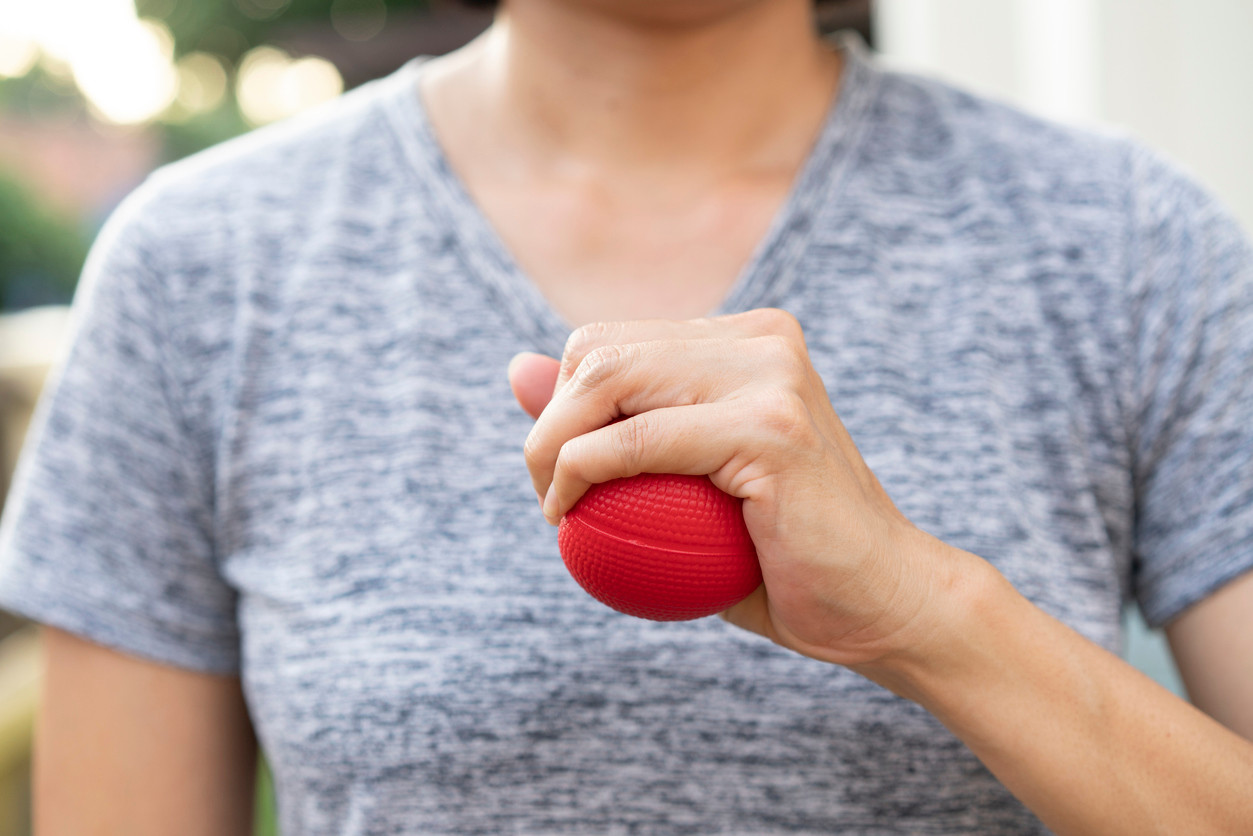Grip Strength Exercises PTs Recommend to Improve Daily Function and Health
Discover the best grip strength exercises to enhance daily activities and boost overall health with expert tips from physical therapists.
$0 cost to you
Last Updated: Oct 23, 2025
Table of Contents
Fully covered hand or wrist pain relief
Find relief from hand pain, wrist pain, finger joint pain, & more.
Check if I'm eligible